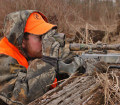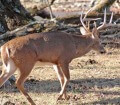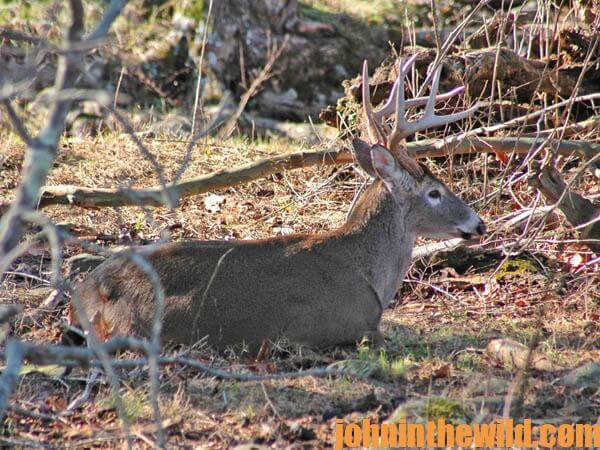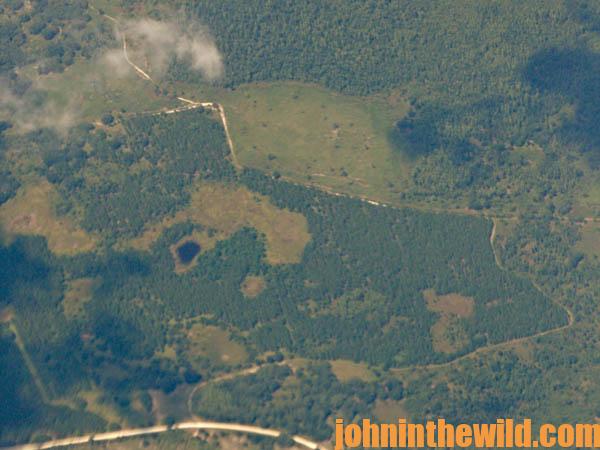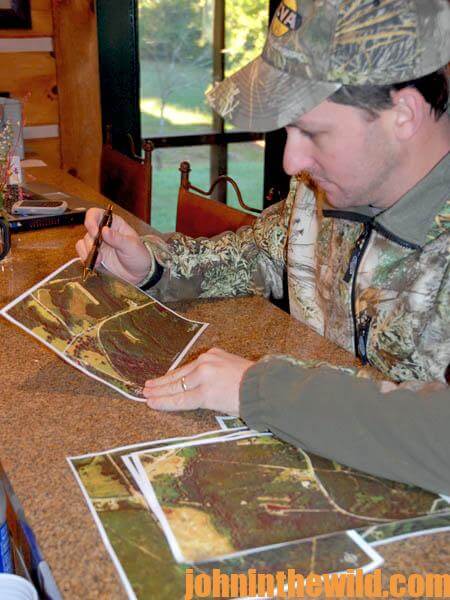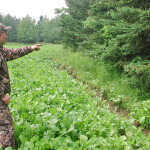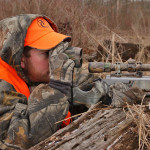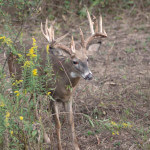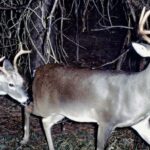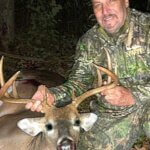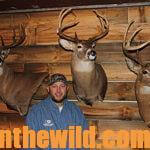John’s Note: Ronnie Groom of Panama City, Florida, has been one of the foremost deer hunters of our day for the past 30 years. Groom, a well-rounded deer hunter, participates in bowhunting, primitive weapon hunting and gun hunting. Groom was consulted for this article, because he hunts deer in several states – on public and private lands – where the hunting pressure is both heavy and light.
Actually I believe the term “nocturnal,” is inappropriate when used in reference to deer.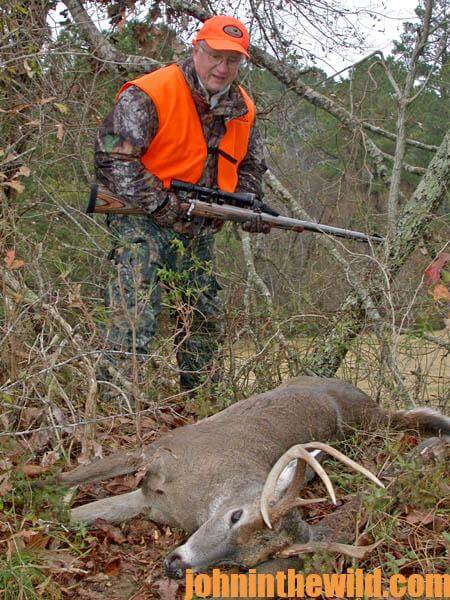
When hunters talk about deer being nocturnal, the deer may not feed or move during daylight hours where the sportsmen are in the woods, but the deer are feeding and moving somewhere. Deer never stay in their beds for 12 – 15 hours at a time. They get up, they move around, and they eat. They just don’t conduct these activities where the hunters are during daylight hours where there’s heavy hunter pressure.
However, the deer may travel into the regions where hunters have been after dark. Therefore, the outdoorsman sees the deer’s tracks and signs of feeding and/or rubbing, and he realizes that the deer are utilizing this area only at night. So, he deduces that the deer have become nocturnal. The deer are nocturnal in using the land where the hunter is, but they are not nocturnal where they are in the daytime.
Let’s look at what causes deer to be nocturnal in a region. You and the other hunters like you wander through the forest, leave your scent all over the ground and spook the deer. Now that we know where the deer are nocturnal and what makes them nocturnal, we’re ready to look for a place where the whitetails are not nocturnal. The hard part is to find a spot where the deer are moving and not foul that area up with human scent, so that you run the deer off from this region also. What the hunter is looking for is a deer sanctuary. Most of the time when the sportsman locates a sanctuary site like this, he will run the deer out of the sanctuary. Then the outdoorsman will not be able to hunt this particular place until the next season.
I use aerial photos of the property I’m hunting to locate big-buck sanctuaries. We must remember that probably there will not be a great deal of sign leading to or away from these hideouts. When hunting pressure is high, the dumb bucks die early in the season. Only the older, smarter bucks have learned to feed at night in open places and hole-up in the daytime in sanctuaries. And, you may not see very many, if any, deer. More than likely you’re hunting one individual deer or two or three bucks at the most in a sanctuary.
Sanctuaries generally occur in spots where there is no hunting pressure. A sanctuary can be a small island in the middle of a woods pond, a small patch of grass or weeds in a field, a briar thicket right behind a farmhouse or a big thicket a mile and a half away from the closest hunter and far from the traveled roads. Remember that hunters cause deer to be nocturnal. Therefore, deer will move during daylight hours where the hunters aren’t. The problem with hunting these secret places is that if you go in, travel around in them and then try and hunt in these regions, you’ll spook the deer. Then the bucks will move to another place. So, to take bucks when they’re nocturnal, first discover where they’re concentrating up during the daytime, and then hunt these regions very little.
To get “How to Hunt Deer Up Close: With Bows, Rifles, Muzzleloaders and Crossbows” and “Deer and Fixings” by John E. Phillips click here.
About the Author
John Phillips, winner of the 2012 Homer Circle Fishing Award for outstanding fishing writer by the American Sportfishing Association (AMA) and the Professional Outdoor Media Association (POMA), the 2008 Crossbow Communicator of the year and the 2007 Legendary Communicator chosen for induction into the National Fresh Water Hall of Fame, is a freelance writer (over 6,000 magazine articles for about 100 magazines and several thousand newspaper columns published), magazine editor, photographer for print media as well as industry catalogues (over 25,000 photos published), lecturer, outdoor consultant, marketing consultant, book author and daily internet content provider with an overview of the outdoors. Click here for more information and a list of all the books available from John E. Phillips.

